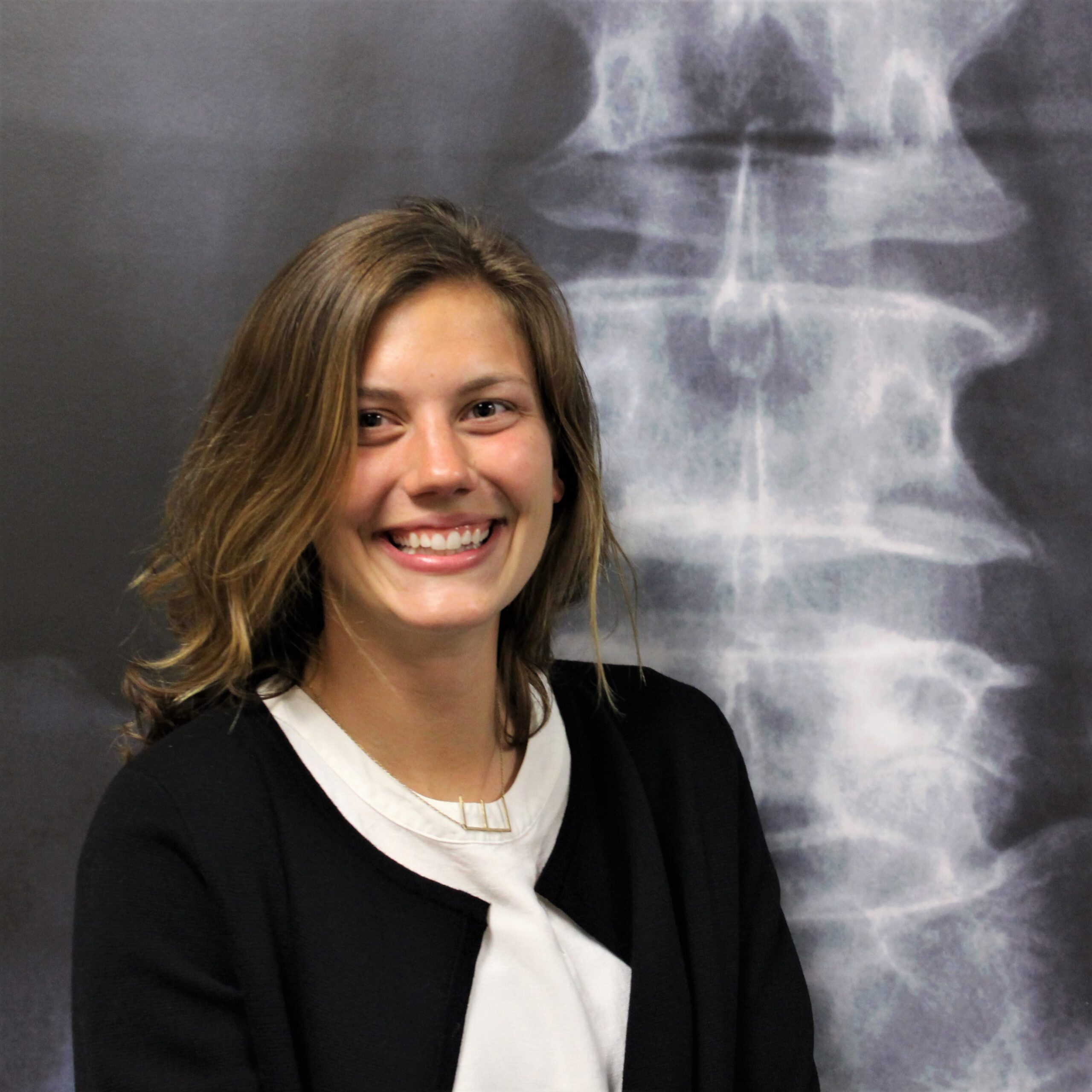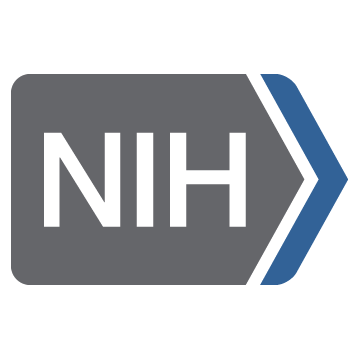2 New Research Awards (January 2023)
From the UNC/NC State Joint BME News announcements: https://bme.unc.edu/2024/01/dr-jason-franz-receives-two-awards-to-accelerate-wearable-sensing-to-optimize-knee-joint-health/
BME Associate Professor Dr. Jason Franz has established a highly productive and collaborative line of research that integrates wearable sensing and machine learning for precision rehabilitation of individuals with knee osteoarthritis. That research, in close partnership with Dr. Brian Pietrosimone from the UNC Department of Exercise and Sports Science, was recently recognized with two awards to accelerate their path from scientific discovery to commercialization and genuine translational impact.
The first, a 2-year $110k translational research grant from the North Carolina Biotechnology Center, will generate patient data to demonstrate proof-of-concept and feasibility of a novel wearable sensing and machine learning prediction technology for detecting, treating and monitoring aberrant forces during walking relevant to the onset and progression of knee osteoarthritis.
The second, a $50k commercialization grant from UNC Kickstart Venture Services, was awarded to VETTA Solutions – the start-up company inspired by these research discoveries and co-founded by Drs. Franz and Pietrosimone.
Commercialization and entrepreneurship are cornerstones of our mission here in BME, and we want to congratulate Dr. Franz and his entire team for their recent success.”

 Exploring the Functional Boundaries and Metabolic Consequences of Triceps Surae Force-Length Relations during Walking (2021 Journal of Biomechanics Award Winner, American Society of Biomechanics)
Exploring the Functional Boundaries and Metabolic Consequences of Triceps Surae Force-Length Relations during Walking (2021 Journal of Biomechanics Award Winner, American Society of Biomechanics)



 Emily Eichenlaub, a third-year BME Ph.D. student, has received a National Research Service Award (NIH F31) from the National Institute of Aging. The award will fund her project titled “The Proactive and Reactive Neuromechanics of Instability in Aging and Dementia with Lewy Bodies.” The research will establish the effects of age and dementia on proactive and reactive neuromechanics underlying vulnerability to balance challenges. Emily will be sponsored by Dr. Jason Franz, Associate Professor in BME, and a mentoring committee that spans Engineering, Physical Therapy, Neurology and Biostatistics. Her research in the BME Applied Biomechanics Lab will pave the way for clinical translation in prescription of personalized interventions, wearable sensor monitoring to mitigate falls, and development of assistive devices with onboard monitoring of muscle neuromechanics to deliver assistance in the face of a balance challenge. Congratulations, Emily!!
Emily Eichenlaub, a third-year BME Ph.D. student, has received a National Research Service Award (NIH F31) from the National Institute of Aging. The award will fund her project titled “The Proactive and Reactive Neuromechanics of Instability in Aging and Dementia with Lewy Bodies.” The research will establish the effects of age and dementia on proactive and reactive neuromechanics underlying vulnerability to balance challenges. Emily will be sponsored by Dr. Jason Franz, Associate Professor in BME, and a mentoring committee that spans Engineering, Physical Therapy, Neurology and Biostatistics. Her research in the BME Applied Biomechanics Lab will pave the way for clinical translation in prescription of personalized interventions, wearable sensor monitoring to mitigate falls, and development of assistive devices with onboard monitoring of muscle neuromechanics to deliver assistance in the face of a balance challenge. Congratulations, Emily!! Background: Our aim was to quantify the role of metabolic energy cost in governing neuromuscular adaptation to prolonged exposure to optical flow walking balance perturbations in young adults. Research Question: We hypothesized that metabolic cost would increase at the onset of balance perturbations in a manner consistent with wider and shorter steps and increased step-to-step variability. We also hypothesized that metabolic cost would decrease with prolonged exposure in a manner consistent with a return of step width and step length to values seen during normal, unperturbed walking. Methods: Healthy young adults (n=18) walked on a treadmill while viewing a virtual hallway. Optical flow balance perturbations were introduced over a 10-minute interval during a 20-minute walking bout while measuring step kinematics and metabolic energy cost. For all outcome measures, we computed average values during the following four time periods of interest: Pre (minutes 3-5), Early Perturbation (minutes 5-7), Late Perturbation (minutes 13-15), and Post (minutes 18-20). A repeated-measures ANOVA tested for main effects of time, following by post-hoc pairwise comparisons. Results: With the onset of perturbations, participants walked with 3% shorter, 17% wider, and 53-73% more variable steps. These changes were accompanied by a significant 12% increase in net metabolic power compared to walking normally. With prolonged exposure to perturbations, step width and step length tended toward values seen during normal, unperturbed walking – changes accompanied by a 5% reduction in metabolic power (p-values≤0.05). Significance: Our study reveals that the adoption of generalized anticipatory control at the onset of optical flow balance perturbations and the subsequent shift to task-specific reactive control following prolonged exposure have meaningful metabolic consequences. Moreover, our findings suggest that metabolic energy cost may shape the strategies we use to adapt walking balance in response to perturbations.
Background: Our aim was to quantify the role of metabolic energy cost in governing neuromuscular adaptation to prolonged exposure to optical flow walking balance perturbations in young adults. Research Question: We hypothesized that metabolic cost would increase at the onset of balance perturbations in a manner consistent with wider and shorter steps and increased step-to-step variability. We also hypothesized that metabolic cost would decrease with prolonged exposure in a manner consistent with a return of step width and step length to values seen during normal, unperturbed walking. Methods: Healthy young adults (n=18) walked on a treadmill while viewing a virtual hallway. Optical flow balance perturbations were introduced over a 10-minute interval during a 20-minute walking bout while measuring step kinematics and metabolic energy cost. For all outcome measures, we computed average values during the following four time periods of interest: Pre (minutes 3-5), Early Perturbation (minutes 5-7), Late Perturbation (minutes 13-15), and Post (minutes 18-20). A repeated-measures ANOVA tested for main effects of time, following by post-hoc pairwise comparisons. Results: With the onset of perturbations, participants walked with 3% shorter, 17% wider, and 53-73% more variable steps. These changes were accompanied by a significant 12% increase in net metabolic power compared to walking normally. With prolonged exposure to perturbations, step width and step length tended toward values seen during normal, unperturbed walking – changes accompanied by a 5% reduction in metabolic power (p-values≤0.05). Significance: Our study reveals that the adoption of generalized anticipatory control at the onset of optical flow balance perturbations and the subsequent shift to task-specific reactive control following prolonged exposure have meaningful metabolic consequences. Moreover, our findings suggest that metabolic energy cost may shape the strategies we use to adapt walking balance in response to perturbations.

 Our laboratory was recently awarded two pilot grants from the UNC Thurston Arthritis Research Center (TARC). The awards will accelerate new interdisciplinary lines of research into: (i) the association between muscle action, inflammatory biomarkers, and cartilage loading during walking in people with
Our laboratory was recently awarded two pilot grants from the UNC Thurston Arthritis Research Center (TARC). The awards will accelerate new interdisciplinary lines of research into: (i) the association between muscle action, inflammatory biomarkers, and cartilage loading during walking in people with  Age-related differences in calf muscle recruitment strategies in the time-frequency domain during walking as a function of task demand
Age-related differences in calf muscle recruitment strategies in the time-frequency domain during walking as a function of task demand